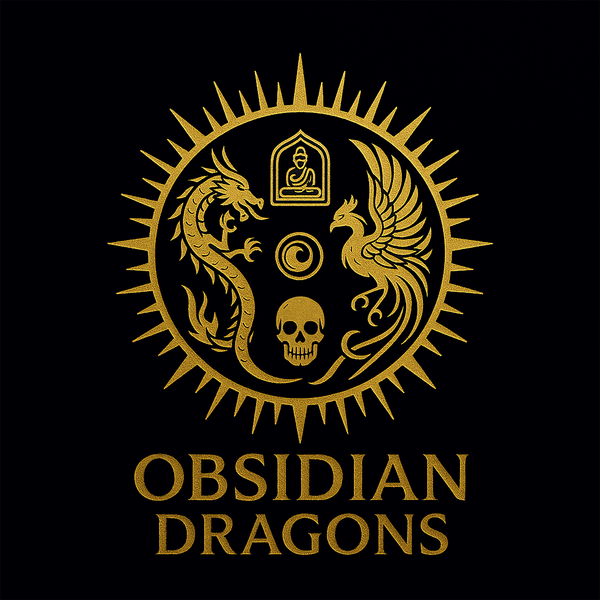AAA
Tibetan Buddhist pendant, kartika. Daikini knife. Tantric. 925 silver, copper. Rotating DZI, Turquoise Compassion Mantra
Tibetan Buddhist pendant, kartika. Daikini knife. Tantric. 925 silver, copper. Rotating DZI, Turquoise Compassion Mantra
Couldn't load pickup availability
Tibetan Buddhist pendant, Tantric Kartika, Daïkinis knife (description below)
925 silver hallmarked according to international standards
copper.
Inspired by Tibetan sacred agate, DZI rotating thanks to a precision rotating ball bearing system developed in Germany
mantra of compassion "om mani padme hum"
All-natural “sleeping beauty” turquoises and so-called “nan hong” (southern red) agates. This exceptional volcanic agate gets its intense red color from its natural cinnabar content.
As a gemologist graduated from the National Institute of Gemmology in Paris, all our materials are appraised and certified.
Dimensions of the kartika: 51mm high by 32mm wide. Weight of 28 grams
KARTIKA
A kartika or kartrika is a small crescent-shaped ritual skinning knife used in the. tantric ceremonies of Vajrayana Buddhism. The kartari is said to be "one of the quintessential attributes of wrathful tantric deities". It is commonly referred to as the "Knife of the Dakinis".
Its shape is similar to the Inuitsulu or woman's knife, which is used for many things, including cleaning hides. While the kartari is normally held in the right hand of a dakini in Vajrayana iconography and spiritual practice, it can sometimes be seen held by esoteric male deities, such as some forms of Yamantaka.
It is also found frequently in the iconography of the Tibetan Buddhist spiritual practice of Chöd. In the same way that the bell and the vajra are usually paired ritual elements in spiritual practice and vajrayana iconography (one is held in the right hand and the other simultaneously held in the left), the kartika appears usually as a pair with the kapala or "skull-cup". The shape of the kartika, or trigug, with its crescent shape and the hook at the end, is derived from the shape of a traditional Indian butcher's knife shape .
Depictions of Vajrayogini usually contain the kartika as one of his attributes. In the iconography of enlightened dakinis and tantric female yidams, it is common to find the hooked kartika knife in her right hand and the cup of the skull in her left, representing "the inseparable union of wisdom and skillful means".
Share
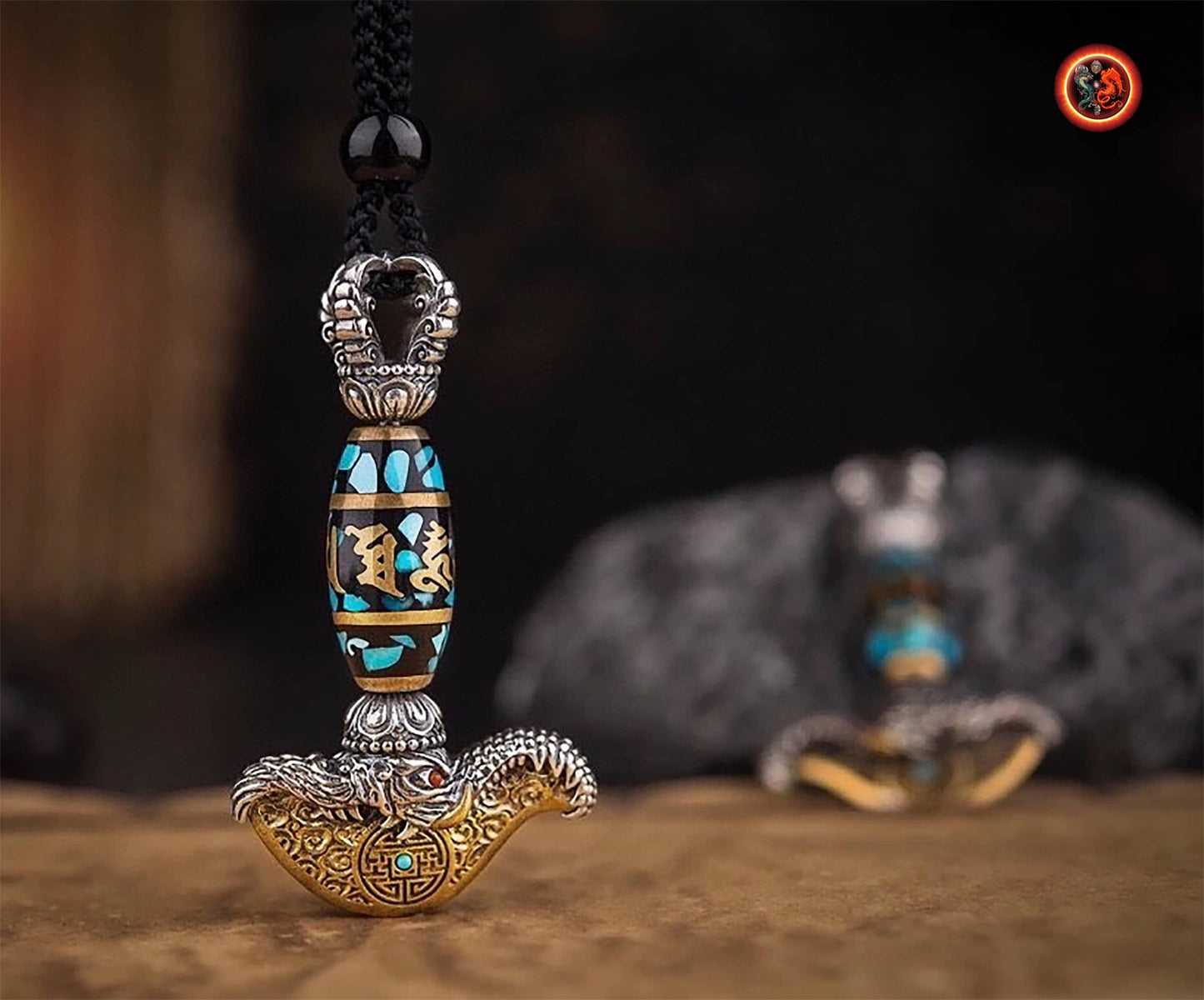
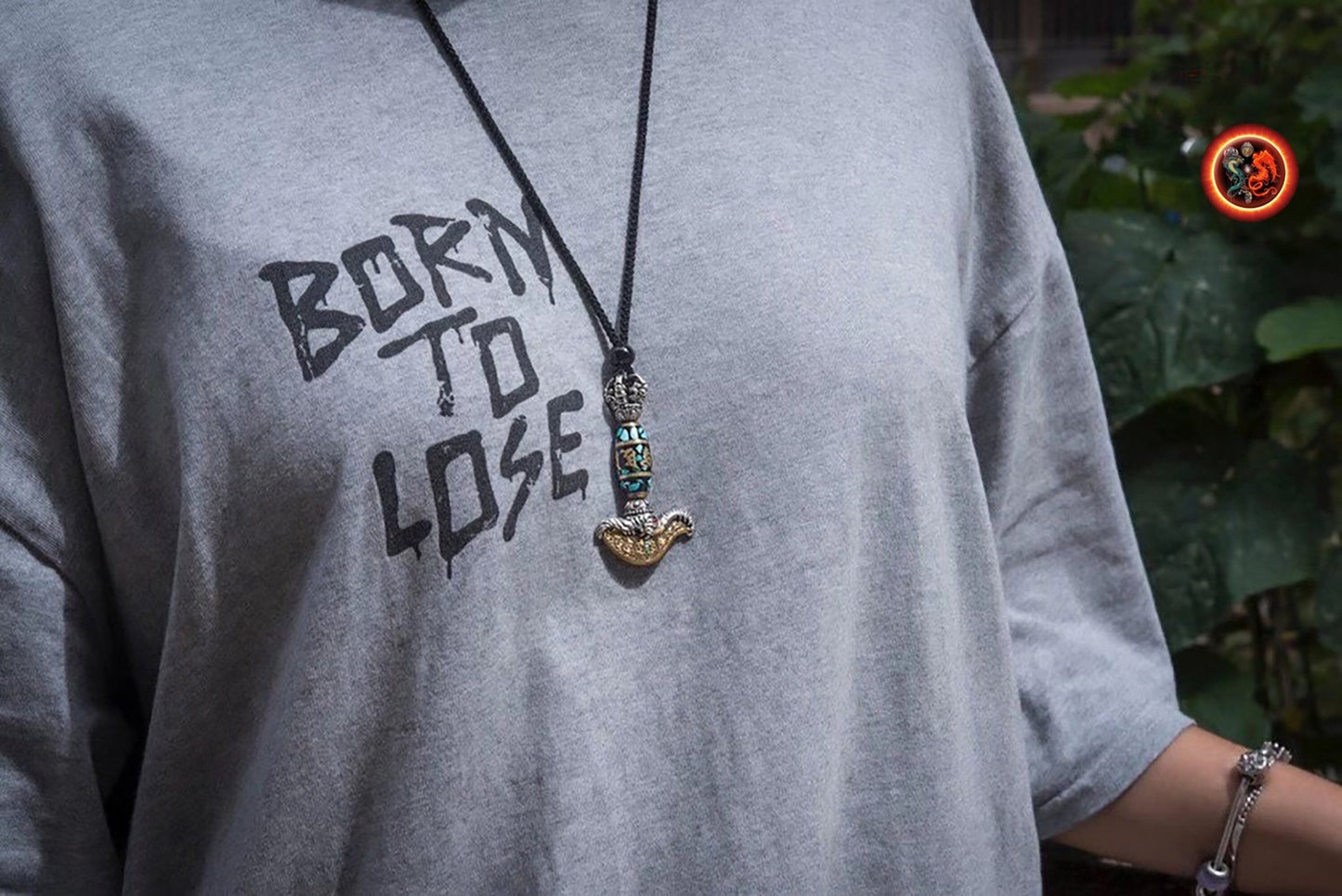
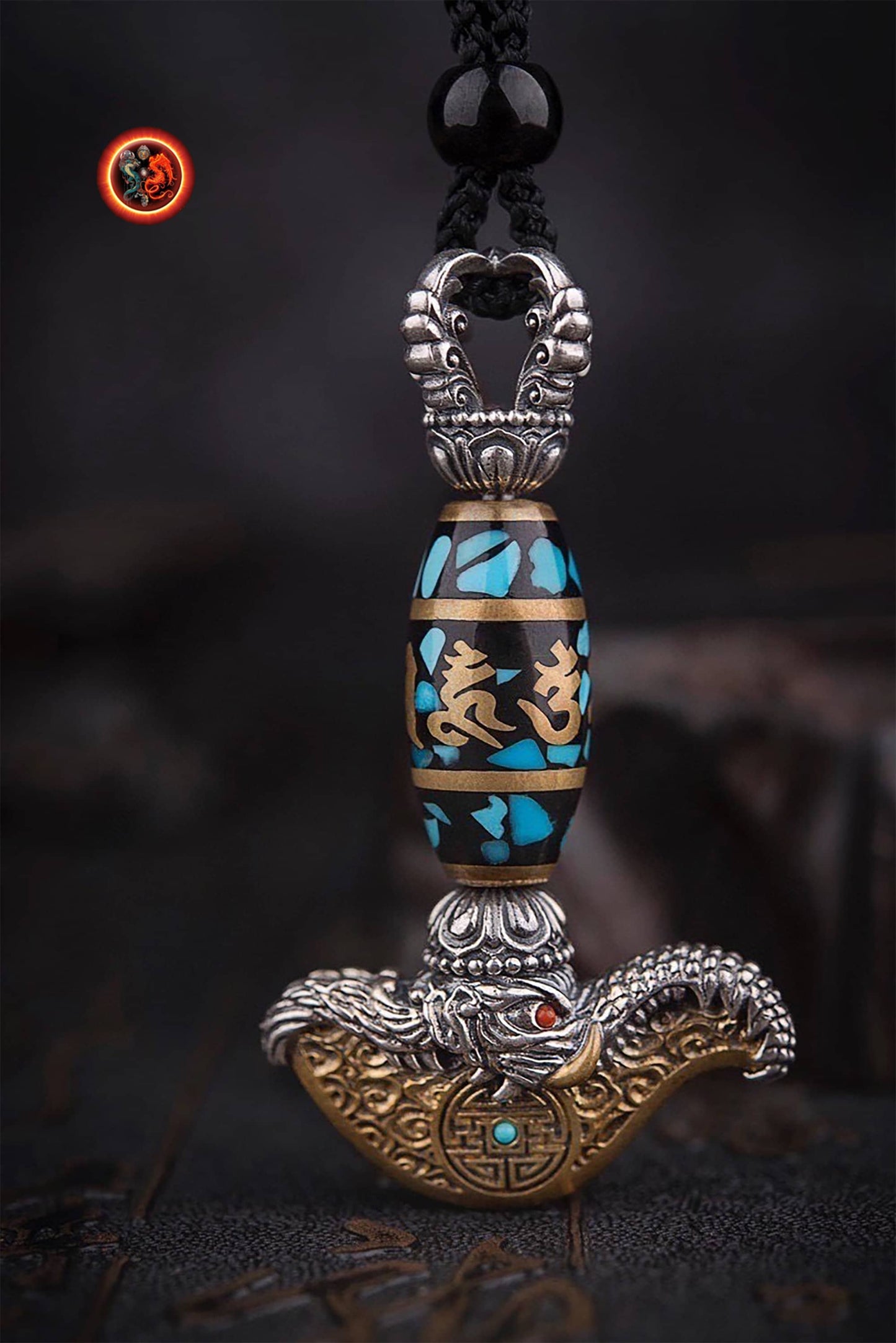

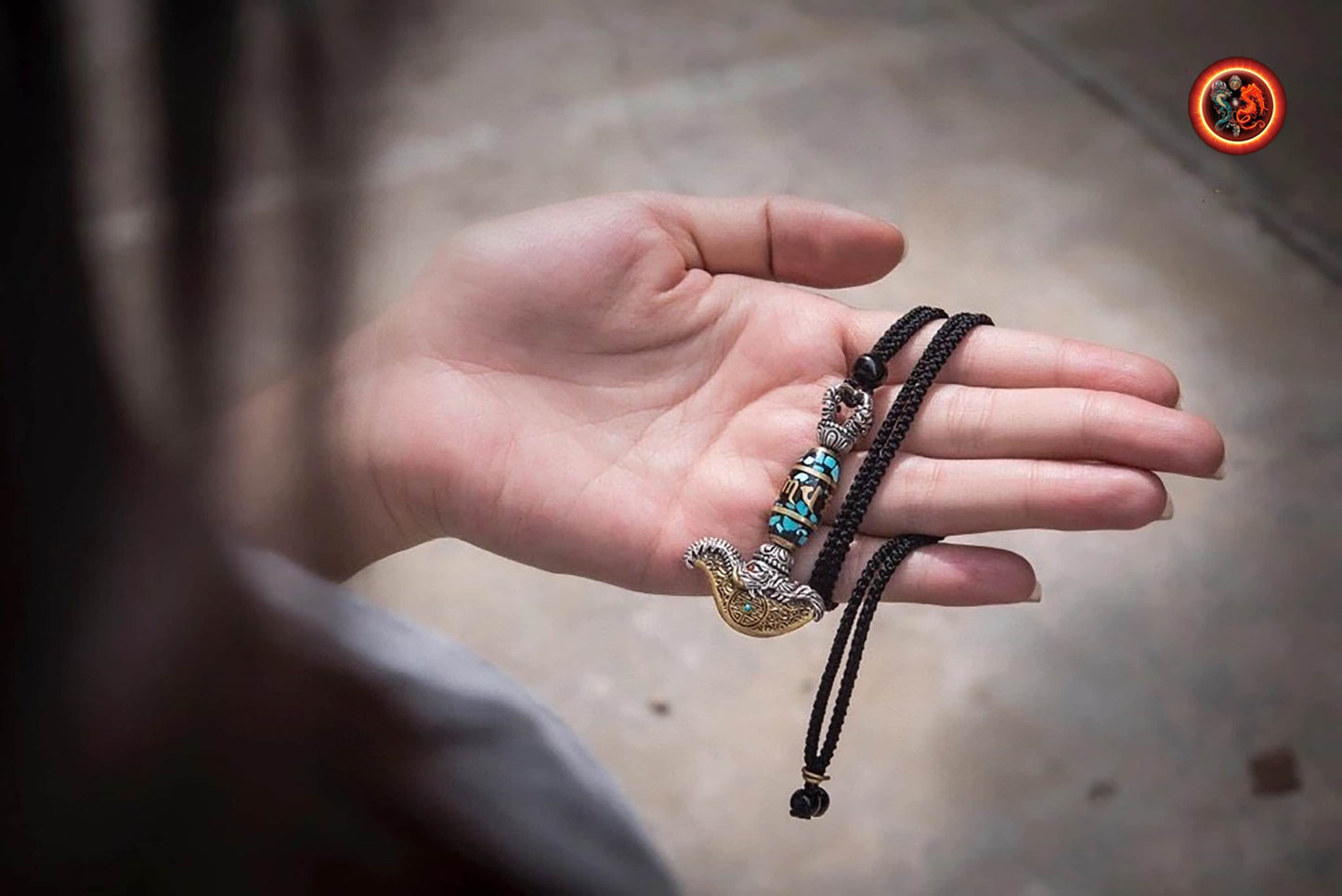
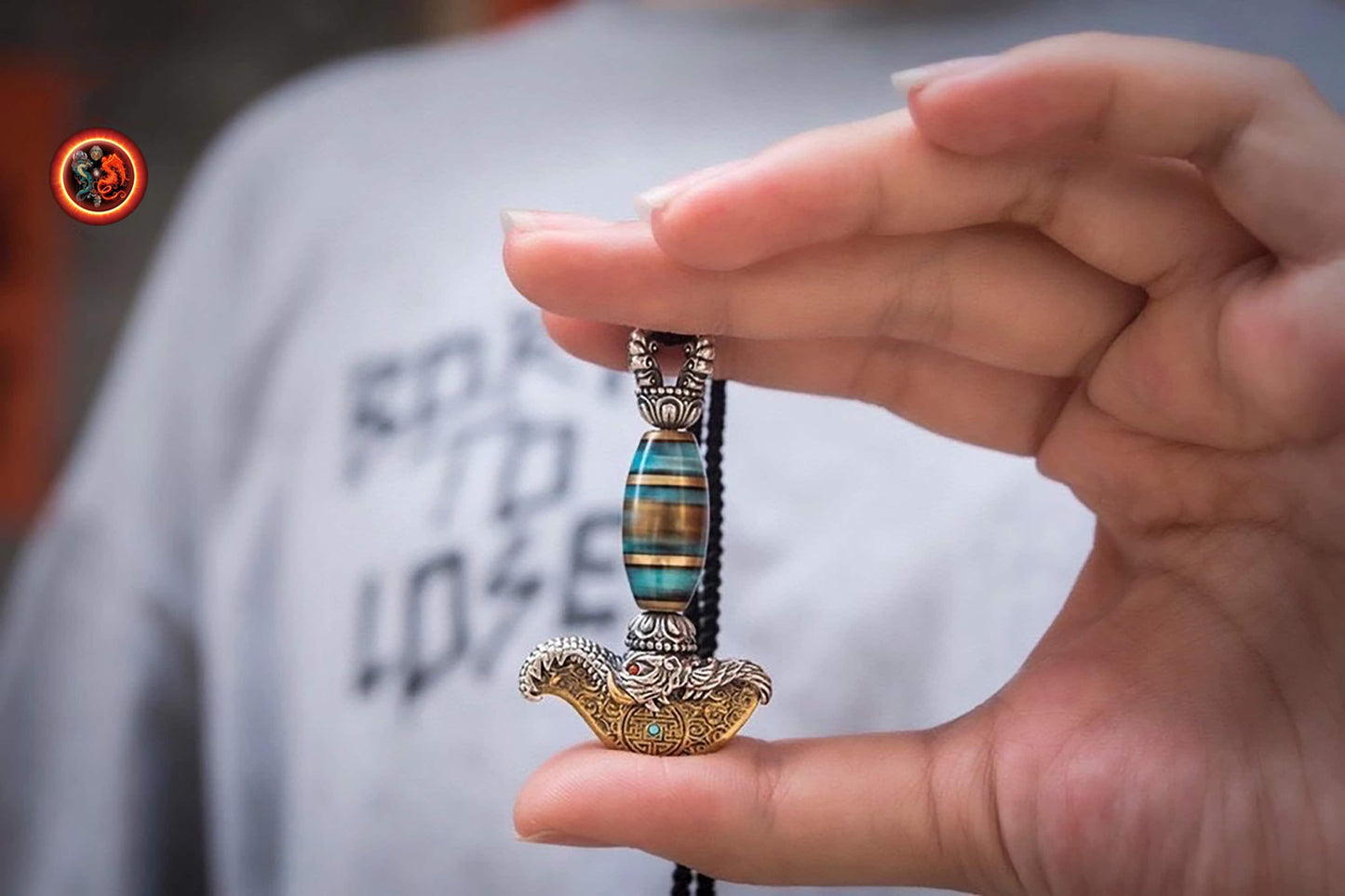
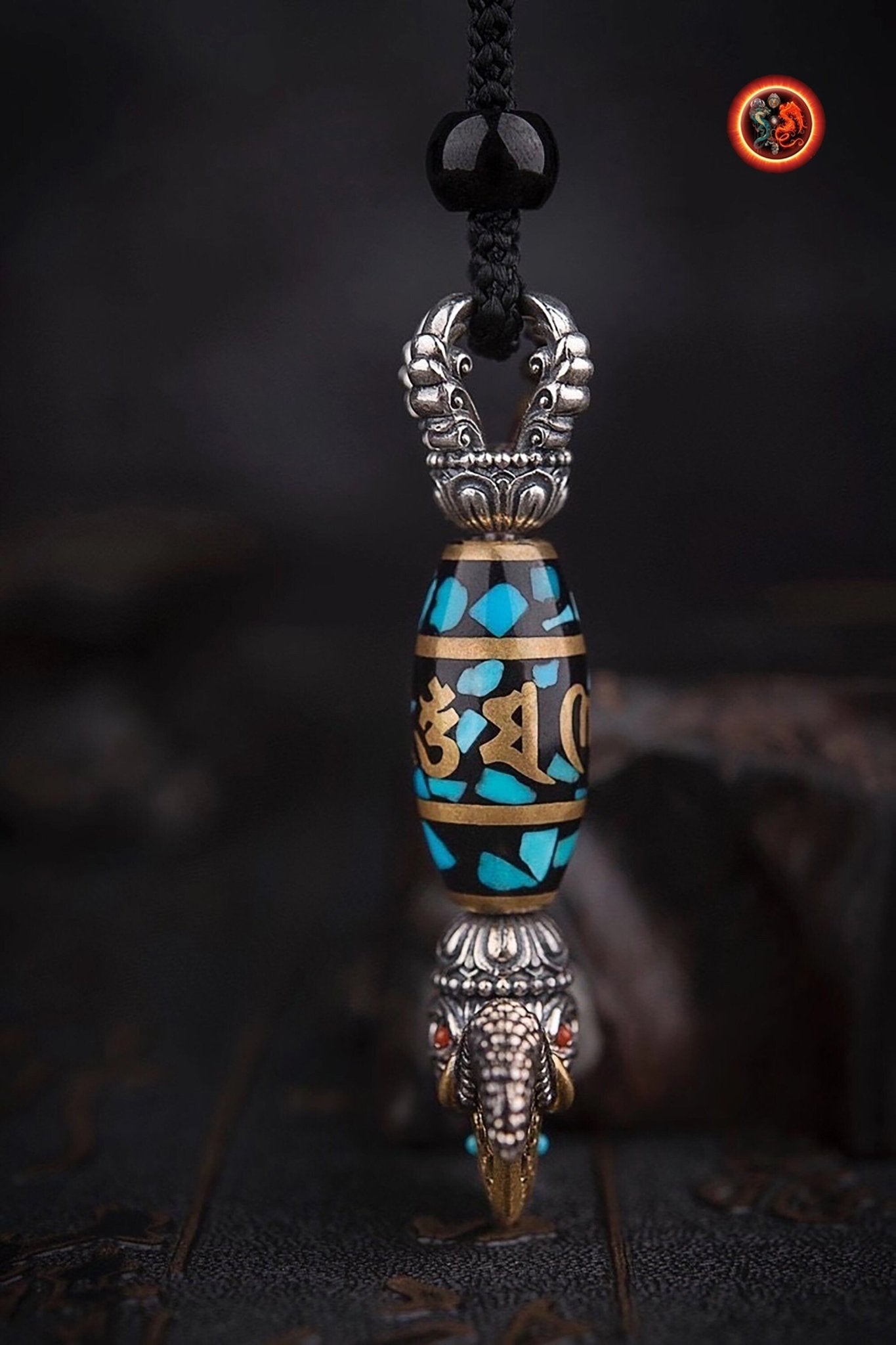
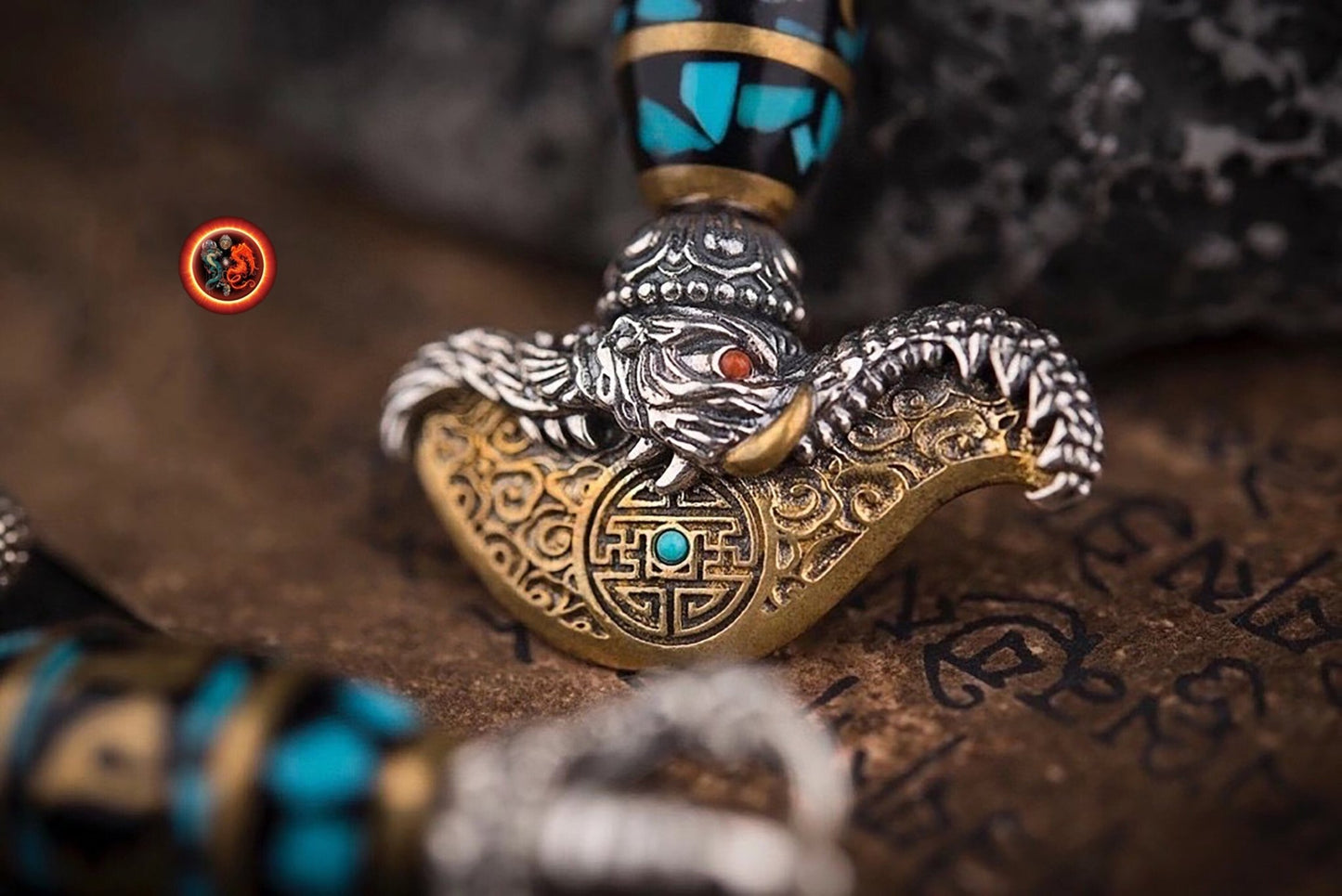
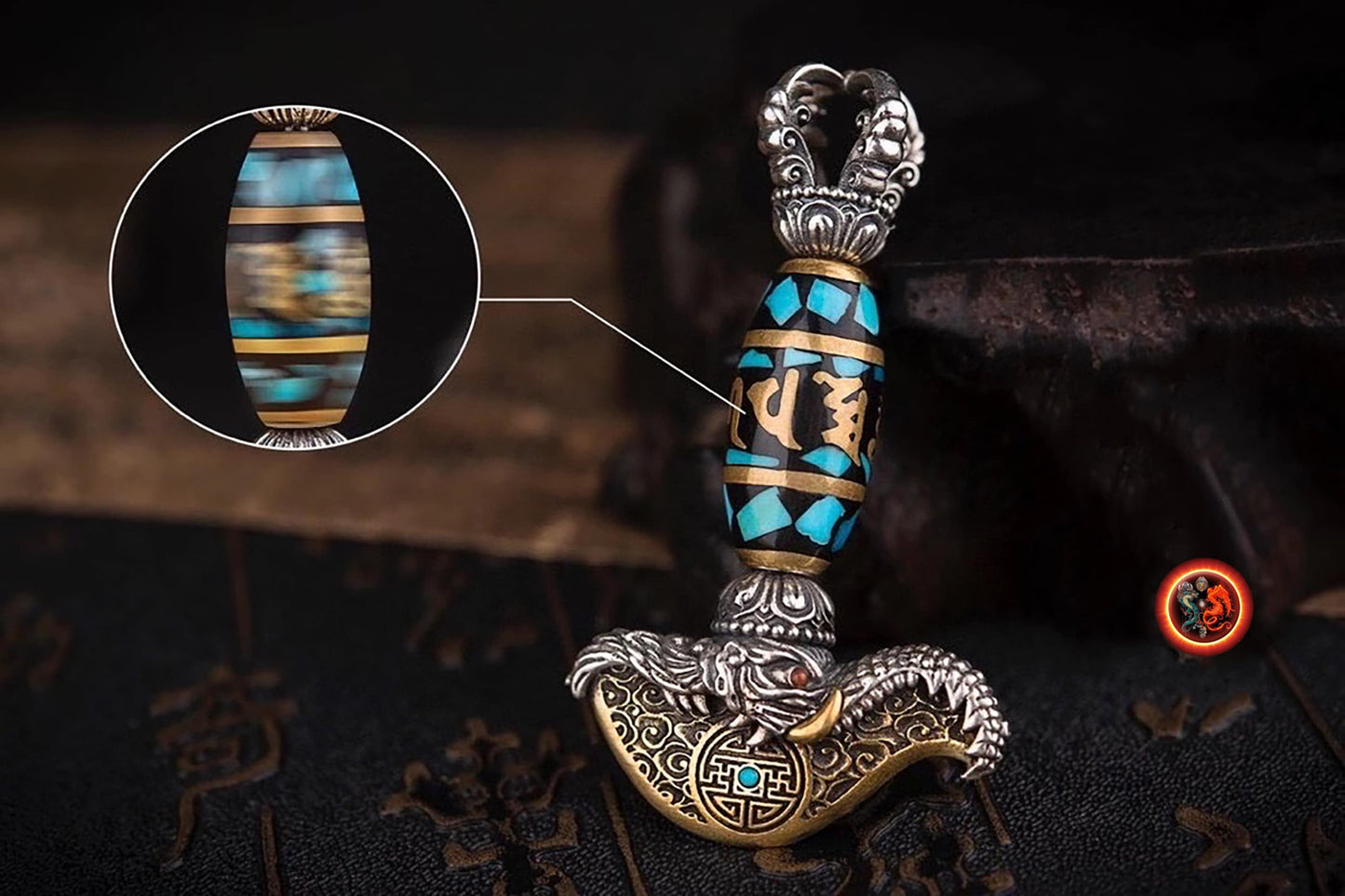
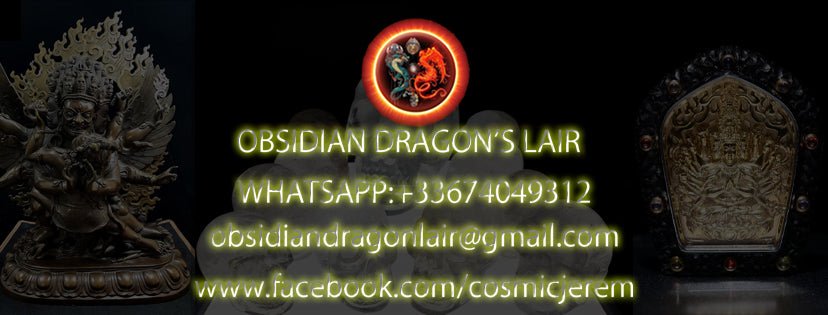

Return conditions for a Zen purchase
We offer you a money back guarantee within 14 days after delivery of your order.
If you are not completely satisfied with your purchase, please contact us to arrange a return of the product and a refund.
Except for returns, shipping is free on all orders.
Multi-column
Button text-
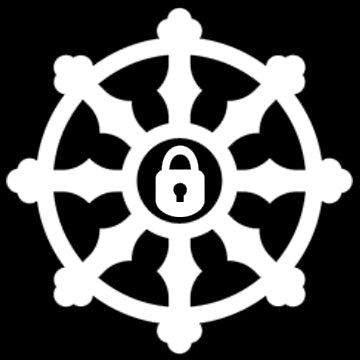
100% secure payment
3 times interest-free option with Scalapay
-

Free delivery in France and internationally
14 days money back guarantee after delivery (see our conditions of sale)
-

Column
Excellent customer service
Live chat
Whatsapp +33674049312
Let customers speak for us
from 917 reviews4eme pièce que j'achète et encore une fois, jamais déçue de l'unicité et de l'originalité. Coup de cœur pour ce bracelet en magnifiques molaires de mammouth, charge de vie et d'histoire. Attention pour un tout petit poignet de fille comme le mien cela peut être trop grand. N'hésitez pas à poser la question à Jeremy sur les tailles, il répond toujours et il est très réactif.

Déjà j’au été très impressionné par la qualité du site web pour tout chercheur de vérité mais également pour la disponibilité de Jérôme qui a su dépasser mes plus grandes attentes pour la commande sur mesure d’un mala en Obsidienne Œil Céleste – Dragon & Bagua Feng Shui. Gràce à ce puissant talisman je peux désormais continuer ma route sereinement. Un très grand merci sincèrement.

magnifique, puissant et apaisant, il m'aide à garder mon calme je le trouve absolument parfait!

J'ai eu l'occasion de rencontrer Jérémy sur Paris avant l'achat...très bon contact avec lui ..il sait de quoi il parle...je suis revenu vers lui pour l'achat de cette magnifique statue...elle a été emballee avec beaucoup de soin pour une expédition de chine... vraiment très satisfait de cet achat..merci

Pendentif dragon en obsidienne œil céleste - Symbole spirituel

Le collier est superbe, et ce pendentif magnifique, ses détails! et l'odeur du bois de santal que c'est agréable! Qualité extra! Contact excellent avec Jérémy, merci beaucoup pour votre gentillesse! Quelle qualité, vivement le mala !

L'objet est très joli et malgré que je ne sois pas un spécialiste, je trouve que le crystal est beau. Il n'est pas parfait et cela me rassure sur la qualité du produit qui est sensé être naturel donc imparfait.
Très bien emballé et en plus housse de rangement offerte.
MERCI

J’ai commandé un crâne de dragon, il est super beau et très puissant. Je l’adore 😍 Et l’envoi a été très rapide 🤗 merci 🙏🏻

bracelet puissant, je suis content de mon achat

Cet artisan est gémologue, il travaille avec des artisans qui sont des vrais artistes, je suis bluffé par la qualité des ouvrages sur l’argent et sa qualité. Quand à la qualité des pierres pas besoin d’être gémologue pour voir la qualité exceptionnelle des pierres, encore une fois le travail de sculpture est exceptionnel.
Mon mala traditionnel est une pure merveille dans la tradition originelle. Le ghau est une merveille qui me comble.
Bref que dire de plus :). Allez sur son site.
PS : vendeur qui connait son métier et les traditions bouddhistes ce qui est un plus en plus :)

Ce crâne est un Etre de Lumière. Attirant , inspirant , "parlant".
Il est un Ami qui tire mes pensées vers le Haut.
Ses énergies vibrent à des fréquences élevées. Il est puissant dans la douceur.
Un crâne de Dragon m'assite également. Merveilleux !

Très beaux bracelet et très puissants

Magnifique crâne givré de l'Himalaya.

cette chevalière est tres bien réalisé, avec beaucoup de détails, je suis heureux de l'avoir

This pendant is exquisite--the utmost construction and quality of materials.
